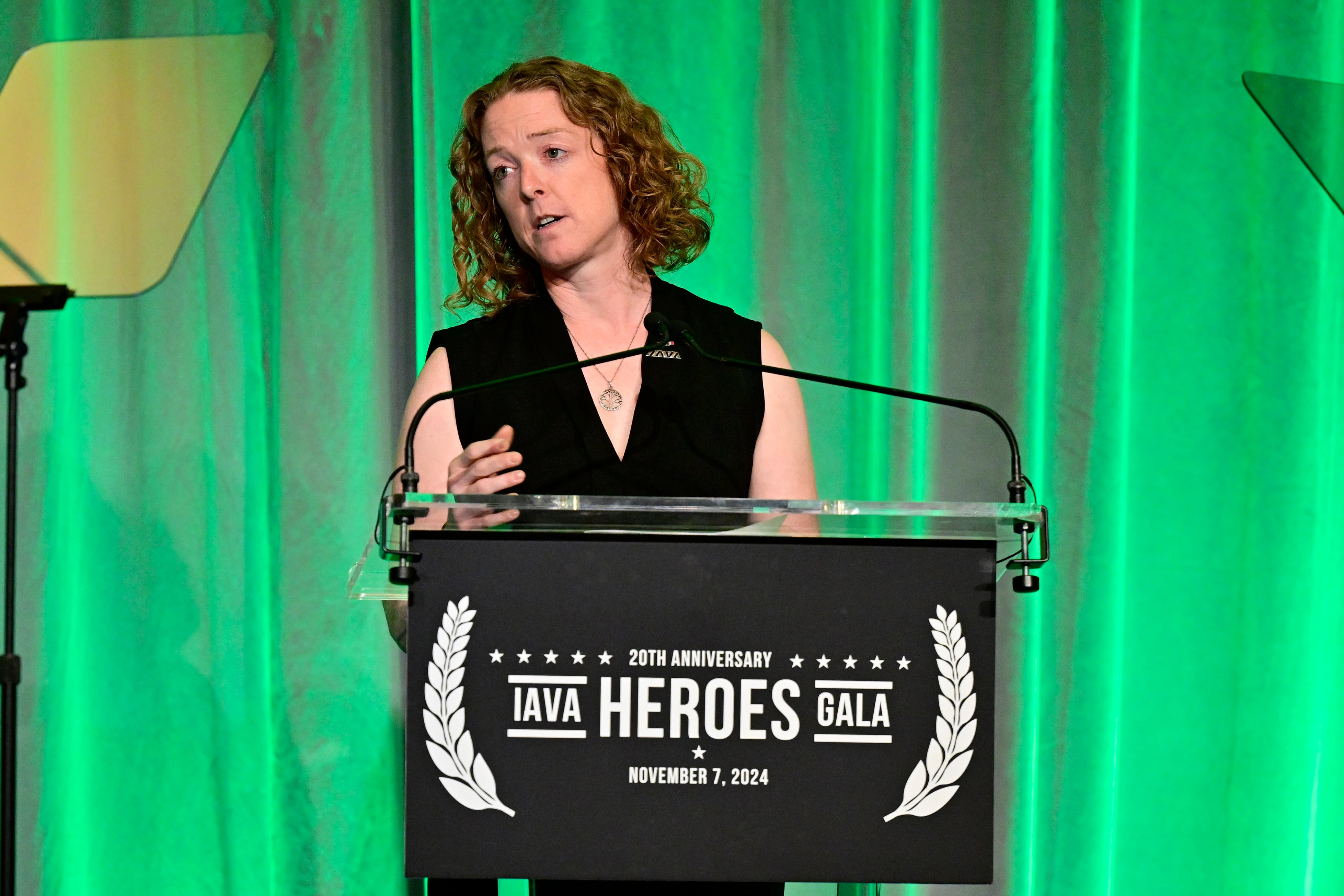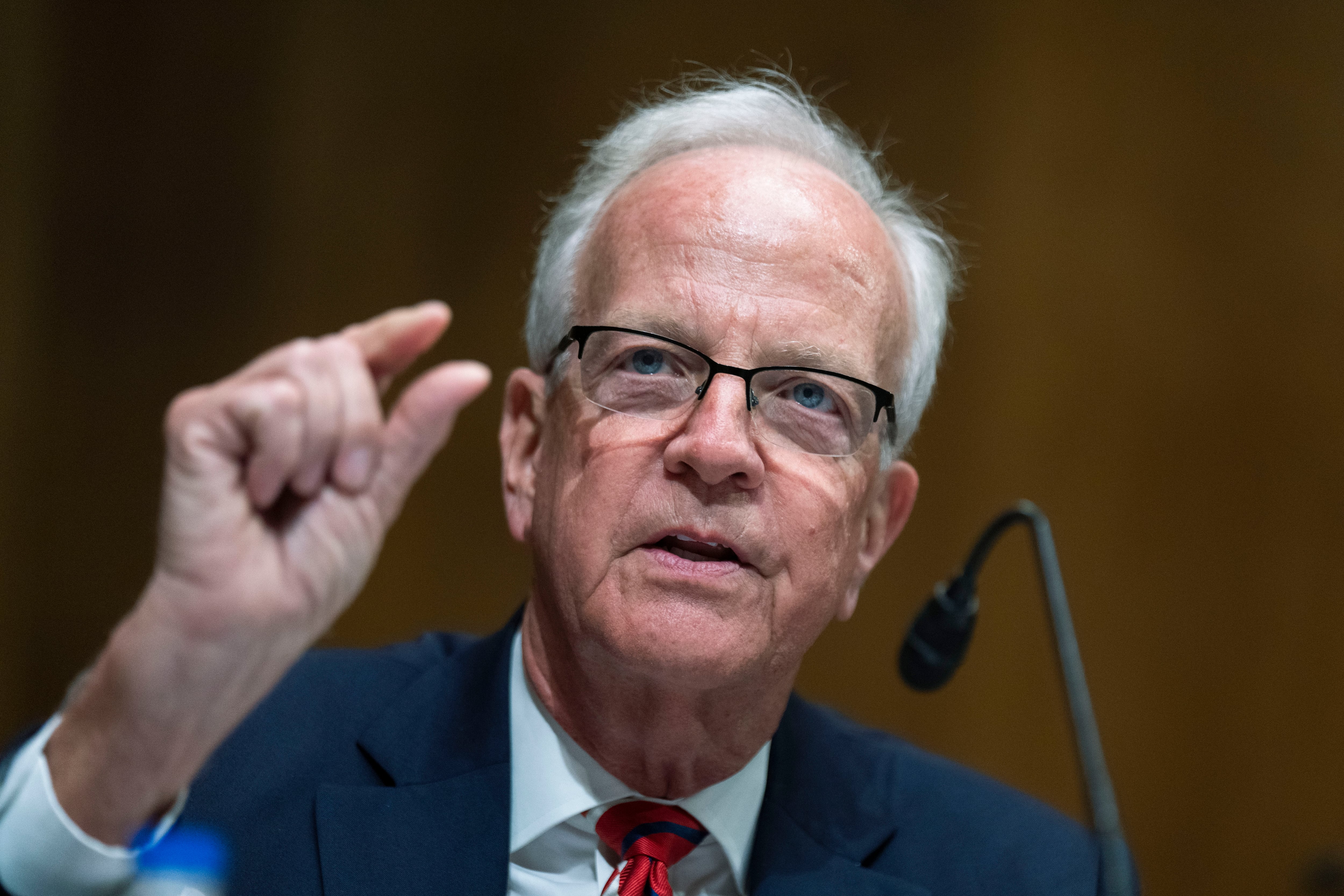The Defense and Veterans Affairs departments have made progress creating interoperable electronic health records systems, but their divergent approaches to developing those systems means full compatibility will be a "concern for years to come," a Government Accountability Office official told Congress on Tuesday.
A 2013 decision by VA and DoD to abandon an effort to create a joint medical records system in favor of two systems that communicate with one another has cost an indeterminate amount of money and ensured that the departments will not meet the Dec. 31, 2016, deadline for full interoperability set by Congress, said GAO Information Technology Director Valerie Melville.
"Establishing a modernized and fully interoperable health record systems is still years away," Melvin told members of the House Veterans' Affairs Committee's oversight and investigations panel and the House Oversight and Government Reform Committee's information technology panel.
In addition, the departments have failed to set "meaningful" goals and establish metrics for measuring progress — measures that would be helpful in ensuring the programs stay on track and on budget, she added.
"Establishing measurable goals for improving the care that VA and DoD provide to the millions of service members, veterans and their beneficiaries is essential to more effectively position the departments to do so," Melvin said.
As early as 1998, DoD and VA began an effort to create health records that could work together, with an initiative to create a joint system — an integrated electronic health record system — starting in 2009.
But after spending at least $564 million toward that effort, leaders of the two departments ditched the plan for a joint system in 2013, citing different system needs and a projected total price tag of $28 billion.
VA instead decided to upgrade its decades-old Veterans Health Information Systems and Technology Architecture, or VistA, program while the Pentagon decided to buy a commercially developed health records system.
DoD in July awarded a $4.3 billion contract for the Defense Healthcare Management Systems Modernization system, referred to by the moniker "dim-sum," to a team led by Leidos.
The price of the DoD system alone is expected to reach $11 billion over the course of the contract through 2030.
As the departments work on upgrading their own systems, they also have been collaborating to create a viewing system to let clinicians see patient records in "near real time," according to Christopher Miller, program executive officer for the Defense Healthcare Management Systems.
The searchable system, which allows clinicians to call up patients' medical records but not update them, currently includes the records of 7.4 million VA and DoD patients and continues to expand, Miller told lawmakers, adding that it's getting positive feedback from users.
"Most importantly, DoD this month will certify to Congress that it has complied with the [congressional deadline of Dec. 31, 2016] in the fiscal 2014 National Defense Authorization Act requirement of interoperability with VA," because the viewing system meets the standards set by the law, he added.
The system can by accessed by health care providers from both departments as well as VA claim adjudicators, and is used nearly 250,000 times per week, Miller said.
But Congress and GAO officials still expressed frustration at the pace and cost of developing a complete system — one that is supposed to be available at all VA medical centers and DoD health facilities and accessible by private health systems as well.
"We have sent men to the moon and robots to Mars, I feel like we should be able to move one electronic file — no matter how big, no matter how old — from one computer system to another," said Rep. William Hurd, R-Texas, chairman of the House Oversight and Government Reform IT panel. "It is clear to me that our inability to integrate these two systems is a problem of leadership rather than technical feasibility."
The GAO estimates that full deployment of VistA to all facilities is not planned until 2018 while full operational capability for the DHMSM system will not happen until late 2022.
The GAO also added that the departments have not provided comparisons of estimated costs of the current projects and the past joint effort.
"Why can't you all pick one system, whether it's a DoD system or a VA system, and implement it? I don't understand it," said Rep. Ted Lieu, D-Calif.
The GAO noted that since the departments decided to follow separate paths, they must work harder than ever to set goals and closely track systems development.
"This has once again highlighted the criticality of these departments needing to define what they aim to accomplish," Melvin said.
Patricia Kime is a senior writer covering military and veterans health care, medicine and personnel issues.




